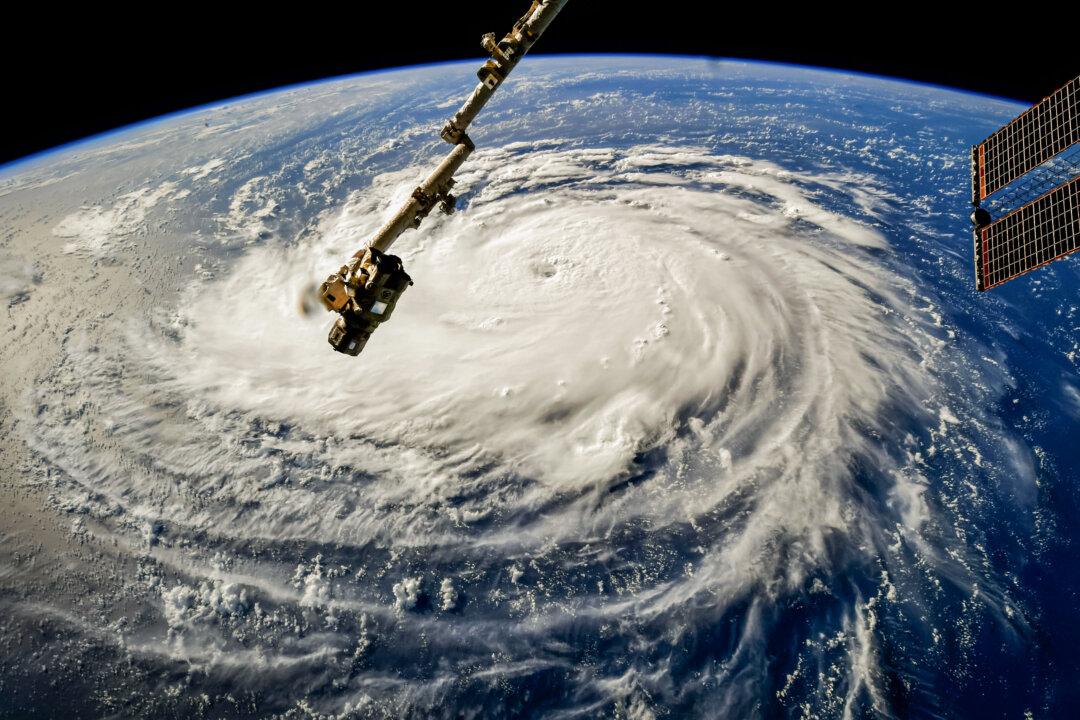The 2024 Atlantic hurricane season has been forecast to be “extremely active,” meteorologists at a prominent university say.
Researchers with Colorado State University (CSU) released their yearly Atlantic hurricane season forecast on April 4, calling for 23 named storms, including 12 tropical storms and 11 hurricanes. Of the hurricanes, five are predicted to become “major,” or Category 3 or higher on the Saffir-Simpson scale.
It added: “As with all hurricane seasons, coastal residents are reminded that it only takes one hurricane making landfall to make it an active season. Thorough preparations should be made every season, regardless of predicted activity.”
The average hurricane season has about 14 named storms with seven hurricanes and three major hurricanes.
A National Weather Service forecaster, Robbie Berg, said that because of “signals are that we’re heading toward a La Niña,” the forecast “would tend to support more storms” in the Atlantic basin.
“So maybe we'd get lucky and have them stay out over the Atlantic,” he said. “But we don’t know that and that’s why every year we still have to be prepared because whether it’s 10 storms or 20 storms, where they form, where they move is what’s critically important.”
The 2024 Atlantic hurricane season runs from June 1 to Nov. 30. Peak activity usually occurs around early September.
“We’re still two months from the start of the season and about four months before it really ramps up. So there still are things that could potentially change,” Mr. Klotzbach told the outlet. “In 2022, we had no storms in August, but the season ended up with eight hurricanes. It got really busy late. Some of that may have been due to the subtropical Atlantic being a bit cooler, so we had a lot of like mid-latitude fronts and a lot of dry air that came in and really squashed stuff in August.”
‘Alarmist Messaging’
There has been alarmist messaging that the climate is responsible for an increase in hurricanes in recent years, but some scientists have said that “there has been no increase” in the number of named storms.“It’s a great strategy for pushing this thing—if I wanted to argue the CO2 [carbon dioxide] argument, I'd do exactly what they’re doing.”
He said that this season will be the “hurricane season from hell.”
“The size of the storms is getting smaller. That’s the other thing: hurricanes are smaller and more compact,” he said.
Oceanographer Bob Cohen agreed, telling The Epoch Times that the transition from El Niño to La Niña is “correlated with higher-than-normal hurricane activity.”
“Right now, the subsurface temperatures are much cooler than during El Niño,” he added. “The immediate near-surface temperatures are still warmer, but the subsurface water pool and the warm water pool have dissipated, and so once that pops to the surface, it becomes La Niña.”
He said that he expects “we'll hear a lot more alarmist messaging” due to the recent 2024 forecasts.







